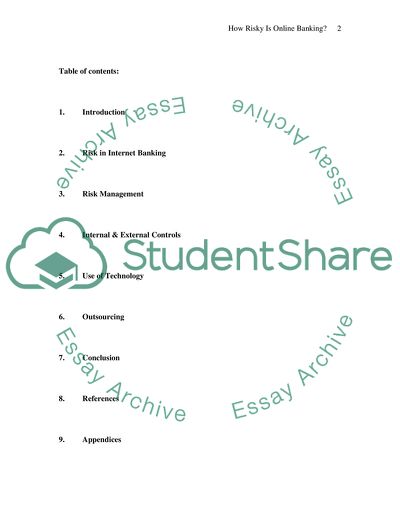Cite this document
(How Risky Is Online Banking Research Paper Example | Topics and Well Written Essays - 3000 words - 1, n.d.)
How Risky Is Online Banking Research Paper Example | Topics and Well Written Essays - 3000 words - 1. https://studentshare.org/finance-accounting/1707230-research-methods
How Risky Is Online Banking Research Paper Example | Topics and Well Written Essays - 3000 words - 1. https://studentshare.org/finance-accounting/1707230-research-methods
(How Risky Is Online Banking Research Paper Example | Topics and Well Written Essays - 3000 Words - 1)
How Risky Is Online Banking Research Paper Example | Topics and Well Written Essays - 3000 Words - 1. https://studentshare.org/finance-accounting/1707230-research-methods.
How Risky Is Online Banking Research Paper Example | Topics and Well Written Essays - 3000 Words - 1. https://studentshare.org/finance-accounting/1707230-research-methods.
“How Risky Is Online Banking Research Paper Example | Topics and Well Written Essays - 3000 Words - 1”. https://studentshare.org/finance-accounting/1707230-research-methods.


